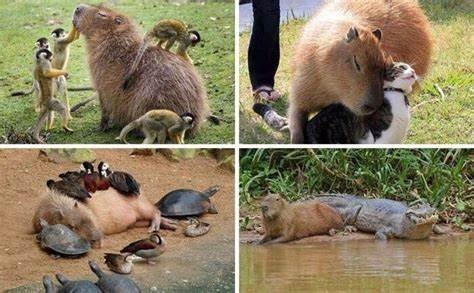
The capybara, also known as Hydrochoerus hydrochaeris, is the largest rodent species in the world. Here are some interesting facts about capybaras:
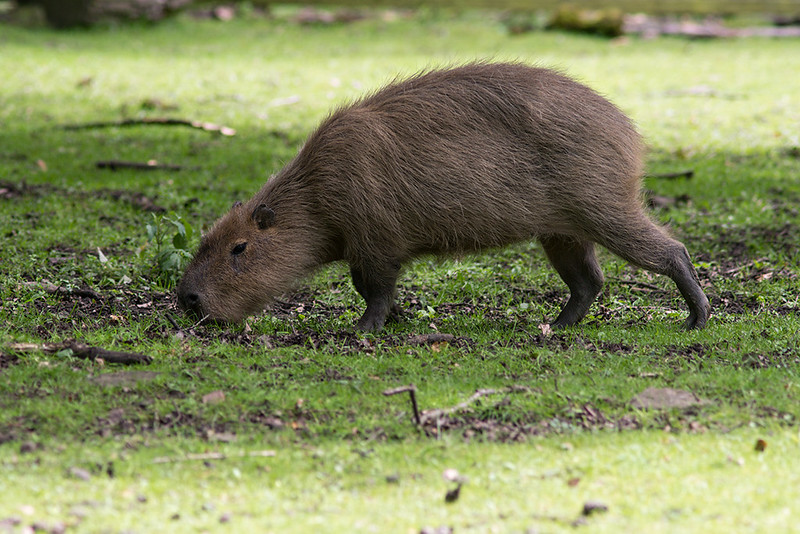
- Size and Appearance: Capybaras are large, semi-aquatic mammals with a stout body and a head that resembles those of guinea pig. They have short legs, a short neck, and a distinct barrel-shaped body. They can weigh anywhere between 77 to 146 pounds (35 to 66 kilograms) and reach a length of about 3.9 to 4.9 feet (1.2 to 1.5 meters).
- Habitat: Capybaras are native to South America, specifically found in countries such as Brazil, Venezuela, Colombia, and Argentina. They prefer to inhabit areas near bodies of water like rivers, lakes, swamps, and marshes.
- Social Behavior: Capybaras are highly social animals and typically live in groups known as “herds” or “troops.” These groups can consist of 10 to 40 individuals, although larger groups have also been observed. Living in groups helps protect against predators and enhances their chances of survival.
- Semi-Aquatic Lifestyle: Capybaras are excellent swimmers and spend a significant amount of time in the water. They have webbed feet and can easily navigate through lakes and rivers. Their eyes, nostrils, and ears are positioned on top of their heads, allowing them to stay partially submerged while keeping a lookout for potential threats.
- Herbivorous Diet: Capybaras are herbivores, primarily feeding on grasses, aquatic plants, and various types of vegetation. They have specialized digestive systems that enable them to efficiently extract nutrients from plant material.
- Nocturnal Behavior: Capybaras are primarily active during the early morning and late afternoon, making them crepuscular animals. This behavior helps them avoid the intense heat of the day in their tropical habitats.
- Dental Adaptations: Capybaras have continually growing teeth, similar to other rodents. This allows them to continuously wear down their teeth, which is necessary due to their herbivorous diet.
- Predators: Capybaras have a few natural predators in their habitats, including jaguars, anacondas, caimans, and large birds of prey. To protect themselves, capybaras rely on their social structure and their ability to quickly retreat to water when faced with danger.
- Parental Care: Female capybaras give birth to litters of about 2 to 8 babies, called “pups” or “capybaritos.” These young capybaras are precocial, meaning they are relatively independent and can swim and graze within hours of birth. However, they still receive care and protection from their mothers and the herd.
- Conservation Status: Capybaras are not considered endangered or threatened. Their population remains stable in many areas due to their adaptability and ability to thrive in various habitats. However, habitat loss and hunting can pose localized threats to their populations.
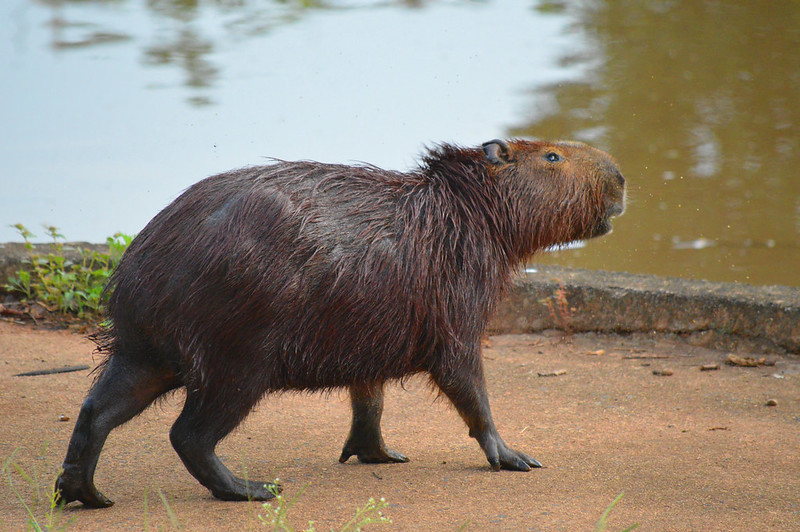
Capybaras are fascinating creatures with their unique adaptations, social behavior, and semi-aquatic lifestyle. Their large size and friendly appearance make them a popular attraction in zoos and wildlife parks around the world.
Latest Posts
-
Nairobi Emerges as a Regional Hotbed of Dollar Millionaires

Nairobi, the capital city of Kenya, is witnessing a significant increase in the number of High Net Worth Individuals (HNWIs). A new report reveals that Nairobi is home to the majority of wealthy Kenyans, with the number of dollar millionaires projected to reach 12,960 within a decade. This article provides insights into the growth of…
-
TSC to Deploy 6,000 Teachers to Special Schools – Addressing the Shortage of Educators

The Teachers Service Commission (TSC) has announced plans to deploy 6,000 teachers to Special Needs Education (SNE) centers to address the shortage of educators. This move comes as a result of a collaboration between the TSC and the Kenya Union of Special Needs Education Teachers (Kusnet). Read more on The Standard.
-
Is this the Most Beautiful Snake in the World?
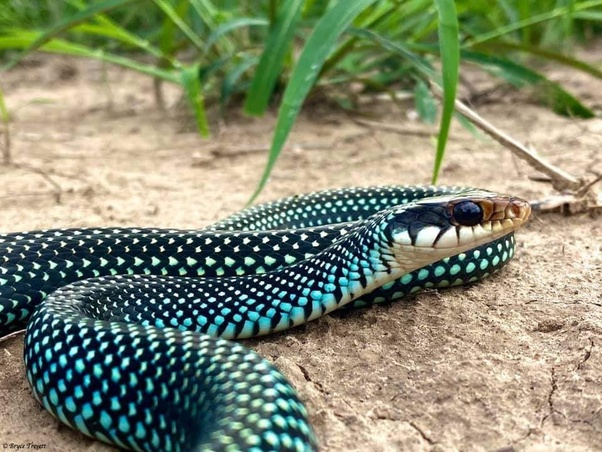
Explore the world of the Speckled Racer, a non-poisonous snake native to the United States. Learn about its appearance, distribution, diet, behavior, reproduction, and role in the ecosystem. Discover why this species is an intriguing part of the southeastern U.S. wildlife.
-
The Fascinating Capybara: Largest Rodents with Unique Adaptations

Discover the fascinating world of capybaras, the largest rodents on Earth. Learn about their unique adaptations, social behavior, semi-aquatic lifestyle, and herbivorous diet. Explore the habitats they inhabit and the predators they face. Find out why capybaras are captivating creatures in the animal kingdom.
-
Exploring the Key Interior Parts of a Car for Comfort and Functionality

Discover the essential interior parts of a car that contribute to comfort and functionality. From the dashboard and steering wheel to seats, console, and more, explore the components that enhance your driving experience.
-
‘Frogs Don’t Drink Water’ and Other 12 Mind-Blowing FactsYou Did’t Know.
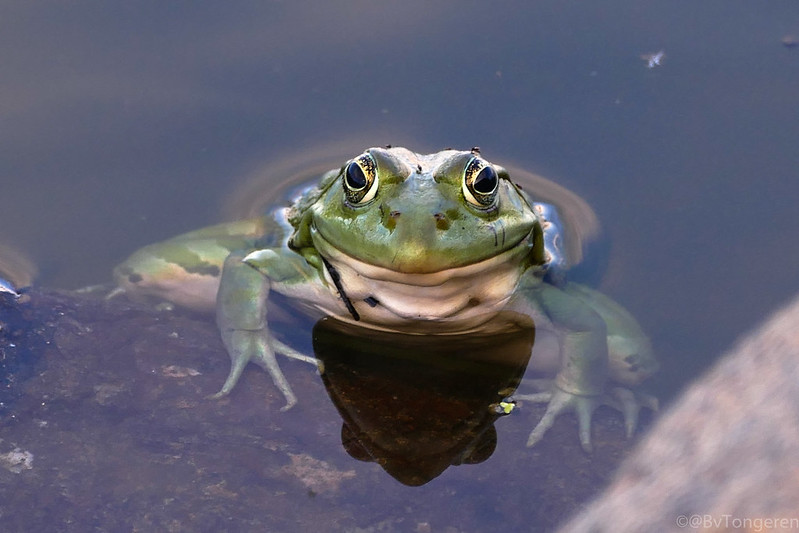
Frogs don’t drink, they absorb water through their skin:
-
Starting a Business Without Capital: Insights and Strategies for Success

Discover valuable insights and strategies for starting a business without any initial capital. Leverage your skills, offer useful services, convert ideas into money, and learn to raise capital when needed.
-
What is the psychology of being alone?

psychology of being alone, self-reflection, personal growth, relationships, solitude
-
Facts About Lobsters That Will Leave Humans Wondering
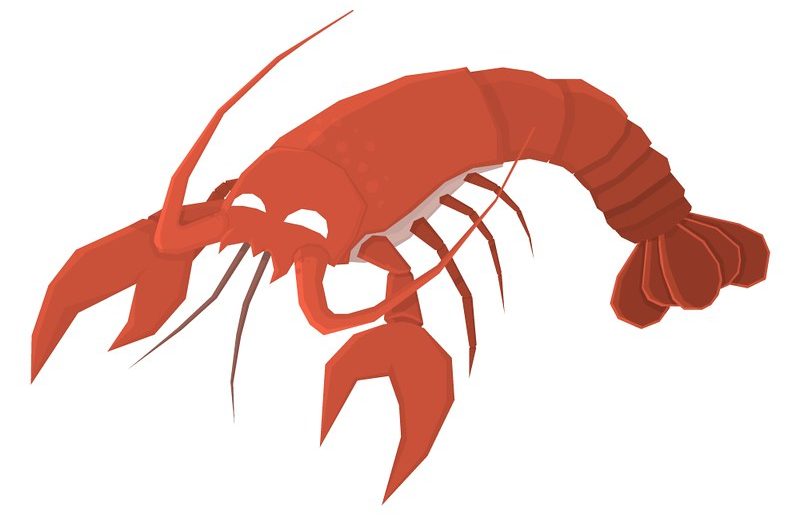
Discover the Intriguing Facts About Lobsters That Will Leave You Wondering
-
Who would win, the Siberian tiger or the African lion?

The ongoing debate about who would come out on top in a fight between a Siberian tiger and an African lion has captured the imagination of many. People have formed their opinions based on various factors, but it is crucial to separate fact from fiction and rely on scientific research for an accurate understanding.
